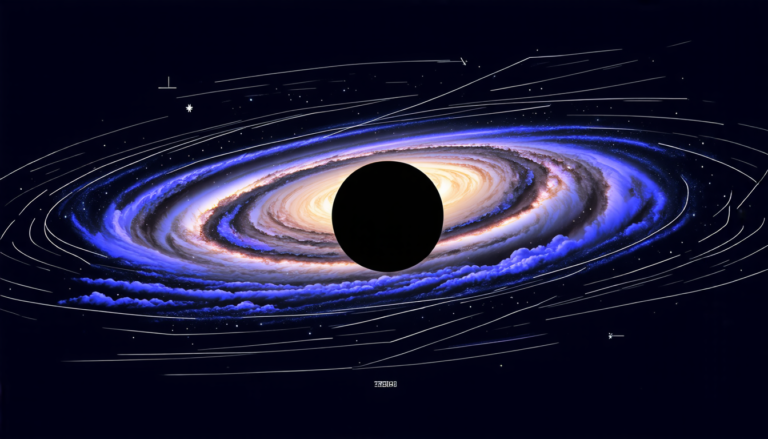Monday 25 August 2025
Scientists have long been fascinated by the tiny, intricate world of materials at the nanoscale. By studying these minute structures, researchers can gain insights into their properties and behaviors, which can lead to breakthroughs in fields like medicine, energy, and technology.
Recently, a team of scientists made a significant discovery in this area. They found that by using a technique called wave-mixing cathodoluminescence microscopy (WMCL), they could map the vibrational fingerprints of materials at the nanoscale with unprecedented precision.
To understand how WMCL works, it’s helpful to think about the way light behaves when it interacts with matter. Normally, when light hits an object, it is either absorbed or reflected by the material. However, in certain situations, this interaction can lead to the creation of new light signals. This phenomenon is known as wave-mixing, and it occurs when two or more light waves combine to produce a third wave with a different frequency.
In WMCL, scientists use a specialized microscope that combines an electron beam with a visible light source. The electron beam excites the material being studied, causing it to emit light at specific frequencies that correspond to its vibrational modes. At the same time, the visible light source is used to stimulate wave-mixing between the emitted light and other external light waves.
By analyzing the resulting light signals, scientists can reconstruct a detailed map of the material’s vibrational fingerprint – a pattern of peaks and valleys that corresponds to the frequencies at which the material vibrates. This information can be incredibly valuable for understanding the properties and behaviors of materials at the nanoscale.
One of the key advantages of WMCL is its ability to provide high-resolution, three-dimensional images of materials without damaging them. This makes it an invaluable tool for scientists studying delicate or sensitive samples that might be damaged by traditional imaging techniques.
In one recent study, researchers used WMCL to map the vibrational fingerprint of retinal, a vital component of the human eye. By analyzing the resulting data, they were able to identify specific features in the material’s fingerprint that corresponded to its molecular structure and bonding patterns.
This discovery has significant implications for our understanding of the way materials interact with light at the nanoscale. It also opens up new possibilities for developing advanced technologies based on this interaction, such as more efficient solar cells or better medical imaging techniques.
Cite this article: “Unlocking Secrets of Nanomaterials with Wave-Mixing Cathodoluminescence Microscopy”, The Science Archive, 2025.
Nanoscale, Materials, Wave-Mixing Cathodoluminescence Microscopy, Wmcl, Vibrational Fingerprint, Light, Matter, Electron Beam, Microscopy, Imaging Techniques







